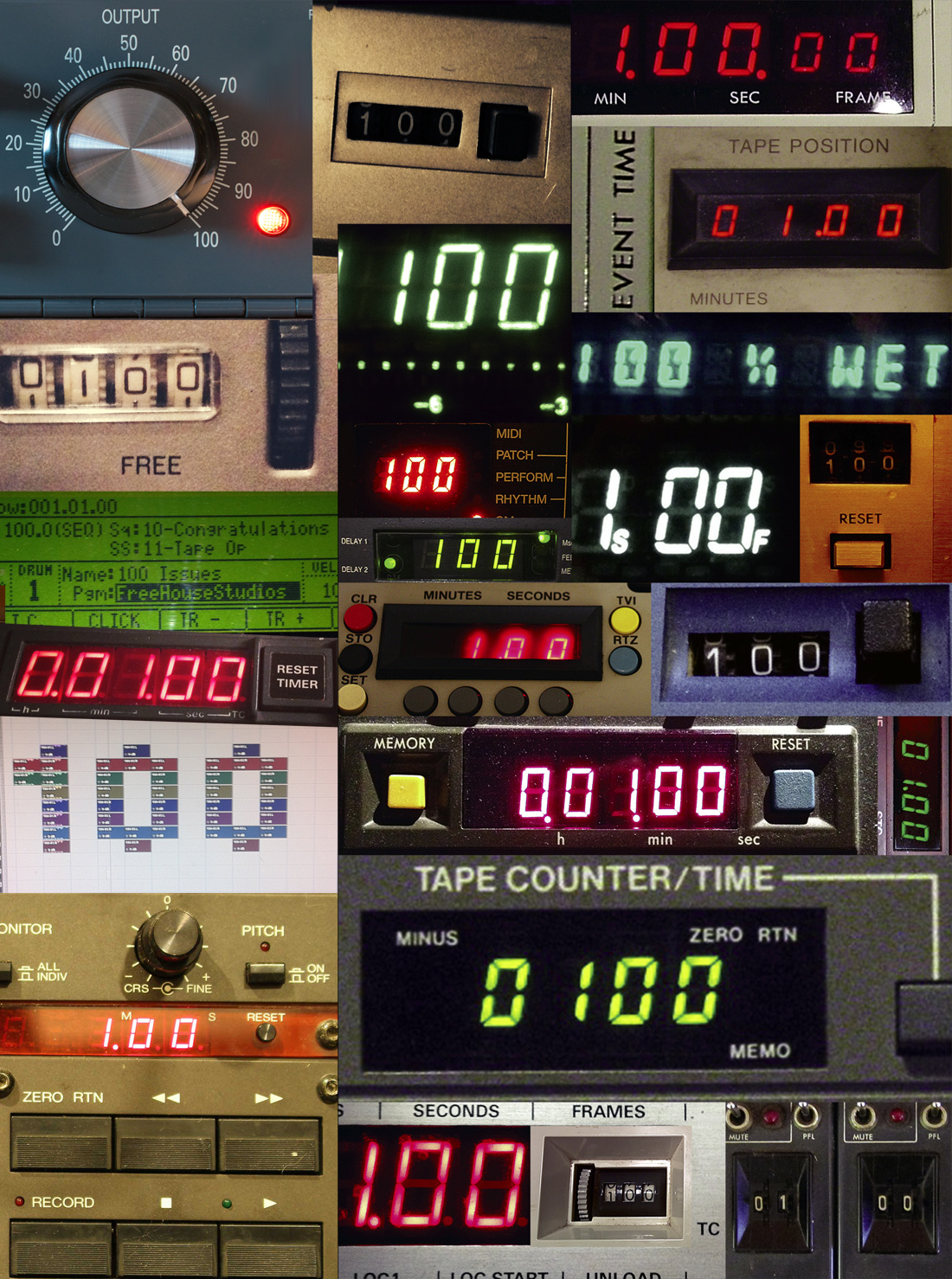Every time I try a new mic, I have to be able to justify the purchase, because it has to be useful enough to earn its place in the mic locker at Studio G Brooklyn [Tape Op #41]. The place is filled with classics as well as great modern mics, all handpicked through many years of experience because all serve their specific purposes. This is what mics are to us, tools with which we can offer our clients (and ourselves) the best presentation of the musician and instrument. They also show the clients how much we care about our craft and their art. Therefore, when evaluating a pair of Peluso P-84 small-diaphragm condenser mics, this is what I took into account - instead of focusing on their connection to the well-known Neumann KM 84. The P-84 does exhibit a few qualities of the classic KM 84, and the lineage is well preserved within this mic. Its transient response as well as the smoothness of its high end are perfect reminders of the KM 84, with a slightly different quality in the midrange. But a mic needs to be able to stand on its own two feet with no need of claiming to be anything more than it is - a great mic that will allow us engineers to make our clients happy, portray them as the artists that they are, and hopefully go beyond this to present them as more than mere mortals.
When I first received the P-84 SK stereo kit, I was pleasantly surprised by its presentation - a very nice flight case that includes two mic bodies with cardioid capsules, two mic clips, two shockmounts, two wood boxes, a stereo bar, and a pair of omnidirectional capsules too!
I immediately set up one of the P-84 mics with an omni capsule and proceeded to use it as a "heart" mic on a drum kit, placing it right over the rim of the kick drum on the beater side. This mic position gives a great kick/snare balance with tons of punch. The Peluso was fantastic for this application. It has a midrange character that makes the drums punchy without being clicky, as well as a really nice low-end for the kick drum. Just think of taking a baseball bat to the chest, and you'll know what I mean.
In the next application, I set up the pair in X-Y configuration over the drum kit. The stereo imaging was fantastic. I heard neither phasing issues nor voicing differences, and there was nothing incongruous between the mics. Once again, the midrange character of the P-84 was satisfying to hear, since it doesn't feel scooped or hollowed out, as is the case with many small-diaphragm condensers. Moreover, the highs are not overhyped, yet the mic responds very well to boosting high frequencies with a shelf EQ, staying smooth and airy.
I also used the P-84 kit on acoustic piano during tracking for the latest Matisyahu record. In this scenario, I'd normally go for a pair of Coles 4038 ribbon mics [Tape Op #15], but it was fantastic to be able to just throw something on the piano without too much thought and immediately get positive results. Piano is a very particular instrument to present to clients. If you give them something dark and dusty, some people will immediately think it doesn't sound "pro"; with the P-84, you can give them a bright shiny piano, with enough low end to make it feel grand and "expensive." I was thrilled with the results. On acoustic guitar, you can make it sound beefy and wooden, but still with a nice clear top end as well.
Bottom line - a pair of P-84 condenser mics is a great addition to any mic locker. The P-84 does exactly what I want a piece of gear to do - contribute its own unique voice, leverage its own set of strengths, and ultimately make the recording session better and smoother for both me and my clients by keeping the creative process in motion.
($1544 street; www.pelusomicrophonelab.com)




_disp_horizontal_bw.jpg)